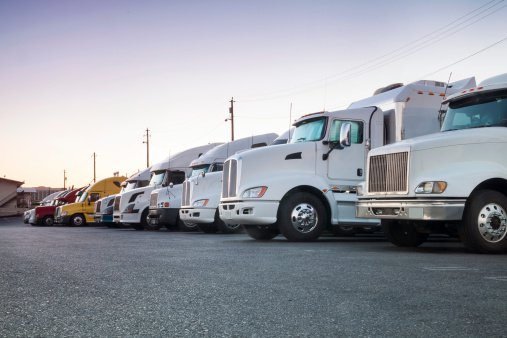There are more than 700,000 active carriers in the US. Most of them are small; 90.2% operate 6 or fewer trucks and 97.2% operate less than 20 trucks. All these carriers can be classified as local, regional and national.
Local carriers
It`s easy to conclude that most small carriers are local ones, they account for almost 60% of the U.S. trucking industry. Typically, a local trucking carrier has a small fleet, including only a few trucks, but sometimes they operate up to several dozen trucks. Local carriers usually transport freight from 80-100 miles within what is commonly called a commercial zone of a city or region as defined by the Surface Transportation Board (STB). Local carriers fit for parcel last-mile delivery, it usually has a strong local relationship and is able to provide personalized, caring service for clients. The biggest disadvantage of a local carrier is its size, poor choice of transport and limited ability to invest in technology and service.
Regional carriers
Regional carriers operate in a particular geographic territory; for example, the eastern United States. They possess bigger fleets than local carriers do, and serve longer routes. Regional carriers could be a great choice for shippers with multiple distribution centers and a high concentration of customers within a specific region. Due to operations, regional carriers can offer high-class service to a concentrated geographical market. Regional access allows carriers to provide customers with benefits, such as wider time schedules for pick-up and delivery which stimulates customer service and productivity. Most regional carriers also provide next-day deliveries.
National carriers
Because regional and local companies do not have to pay delivery area surcharges and have fewest accessorial costs, they often offer lower prices than national carriers. National carriers are the biggest players in the country`s transportation market; they are able to transport freight anywhere within 48 states. Therefore, they operate long (up to a week) transits and possess a number of hubs across the country with a large fleet of different types of trucks.
The big size of the company means more resources, assets and people, and the ability to invest in the latest technologies, products, and services. Technology progress is a must for national carriers that manage thousands of complex routes, a large client base, hundreds of motor units and intricate rate calculations. National carriers compete with major names (heard of UPS and FedEx?) and breadth of services. However, the nation`s customer service tends to be less personal and flexible than local and regional carriers could provide.
Choosing freight carriers
Consideration for choosing the right carrier can save time and money. By selecting and mixing local, regional and national carriers, it is possible to reach better efficiency, faster delivery and cost reduction. A proper third-party logistics provider could help the shipper decide on a choice of carrier. To learn more about how you can reduce your transportation costs via a flexible 3PL provider, contact PLS Logistics Services.


